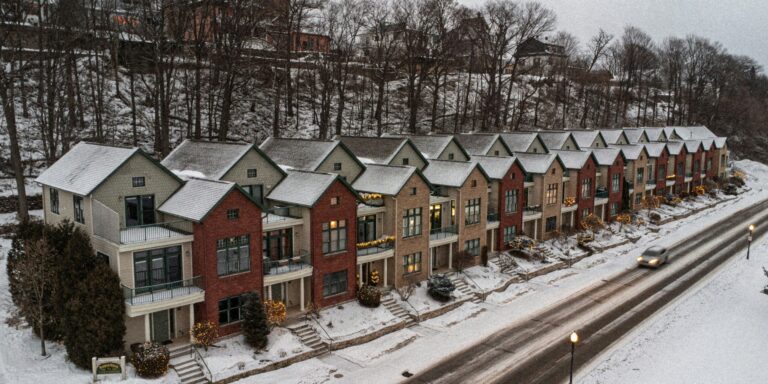As of early July 2025, several indicators suggest the United States housing market is beginning to stabilize after years of volatility. According to Rent Magazine, housing inventory has continued its upward trend, offering prospective buyers more options and reducing upward pressure on home prices. The increase in listings is most evident in metro areas with strong new-construction activity, shifting momentum slightly in favor of buyers.
Inventory levels have risen consistently—marking an increase for 19 consecutive months and exceeding last year’s totals by roughly 30%. Active listings recently topped one million for the first time since winter 2019, pushing total supply to approximately 4.4–4.6 months. This marks a transition from the tighter conditions of previous years, though the supply still falls short of what is typically considered a full buyer’s market.
With more properties available, sellers are offering concessions more frequently. In May, nearly 20% of listings featured price reductions—levels not seen since 2016. The median number of days on the market also increased by about six days year-over-year, signaling that the competition among buyers is cooling.
Slower price growth is providing some relief to buyers. Nationwide, annual home price gains have dropped below 2%, the slowest pace in over a decade. In some previously overheated markets—such as Tampa, San Diego, and Austin—prices have even declined slightly. However, affordability remains a major issue. The national median home price reached around $440,000 in May, which translates to nearly 45% of the average household income, assuming a 20% down payment and current mortgage rates. This remains well above the 30% affordability threshold that experts consider sustainable.
Mortgage rates, while no longer at their 2023 highs, continue to challenge buyers. The average 30-year fixed mortgage rate hovers between 6.6% and 6.8%. Freddie Mac recently reported a national average of 6.72%, reflecting persistent borrowing pressure. Despite a brief dip earlier in the year, rates have edged higher again due to strong labor market data and investor caution around inflation. Most forecasts expect mortgage rates to remain in this mid-6% range for the rest of the year.
Market conditions vary significantly across regions. Metro areas in the West and South—such as Denver, Austin, Seattle, and Dallas—are experiencing the most dramatic inventory surges, with some even surpassing pre-pandemic levels. In Denver, for instance, active inventory has more than doubled compared to 2019. Builders have responded to these conditions by accelerating housing starts. New home construction reached a seasonally adjusted annual rate of about 1.36 million units in April, a modest 1.6% increase over the previous month. This uptick in construction is helping to address persistent supply gaps, particularly in rapidly growing cities.
Even with stabilizing trends, many first-time buyers remain on the sidelines. They made up roughly 24–30% of total buyers in 2024, far below historic averages. Only around 1.1 million first-time buyers entered the market last year, the lowest total since 1989. The combination of high home prices, elevated mortgage rates, and limited starter-home availability continues to make ownership elusive for younger and lower-income Americans.
As a result, many households are choosing to rent rather than buy. Rental prices are still climbing, driven by high demand and a shortage of new multifamily units. Some forecasts suggest rent increases could range from 2–10% throughout 2025. Currently, about 35% of American households prefer renting due to the lower upfront costs and greater flexibility.
For buyers, the current market offers more negotiating power than in recent years. With slower demand and growing supply, buyers may find sellers more willing to reduce prices or offer financial incentives such as closing cost credits or interest rate buydowns. However, those considering a purchase will need to remain vigilant and patient, particularly as mortgage rates remain high.
Sellers, on the other hand, face increasing pressure to adjust their expectations. Many are choosing to temporarily withdraw listings rather than accept lower offers. Those still looking to sell will need to price competitively and be prepared to offer concessions to attract serious buyers. Builders, in particular, are relying on incentives to move inventory.
Looking further ahead, broader demographic and economic trends could shape the housing market well beyond 2025. A shrinking pool of first-time buyers, driven by lower birth rates and delayed life milestones, may suppress long-term demand. Experts note that unless mortgage rates fall significantly—likely below 5%—it is unlikely that buyer activity will return to previous highs anytime soon.
As of mid-2025, the U.S. housing market appears to be entering a more balanced phase. Inventory growth, slower price increases, and a plateau in mortgage rates all point to a cooling market. However, deep-rooted affordability challenges, economic uncertainty, and uneven regional trends continue to cloud the outlook.
